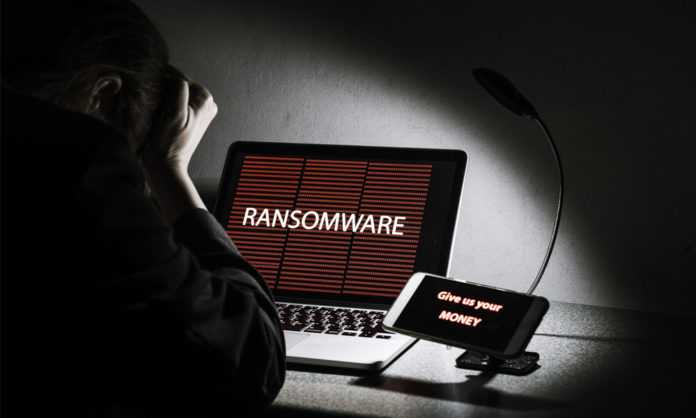

Hackers holding hostage of data for a ransom leads to a ransomware attack and this is what turned into a profitable business for hackers in 2019. According to a survey, conducted by Cybersecurity firm Emisoft, the cost of ransomware attacks in 2019 could have cost $7.5 billion.
And the victims were tallied to be 113 government agencies, 764 healthcare providers, 89 Universities and 1,233 affected schools and school districts and 340 private companies.
Therefore, the firm expects that the earnings for the hackers in the previous year could have been vast sums and occasionally a treasure trove. This includes the costs incurred due to disruptions, people’s health, safety, and lives. And some of them have highlighted below-
- Patients needing emergency had to be diverted to other hospitals as the digital infrastructure in their pursuing hospital was disrupted.
- Medical records which include some critical data such as cancer diagnosis were lost
- Cancellation of surgical procedures
- Interruption of 911 services
- Police were unable to do deep investigations related to mug-shots and background checks
- Jail doors could not be remotely accessed
Research works in educational institutes and Universities became inaccessible due to ransomware attacks
Property transactions, utility bill payments, grants to non-profit organizations were halted and many government websites went offline and issuance and renewal of driver’s licenses were halted.
On average Emisoft discovered that a single ransomware incident cost $8.1 million and took 287 days to recover.
As companies showed laxity in devising effective security policies and disaster recovery plans, the file-encrypting malware spreading hackers made merry in 2019. Also, most companies failed to encrypt sensitive info and legally did not make risk assessments at least once in a year.
Perhaps awareness, improving security standards and insights, increase in security budget, closing intelligence gap, and cooperation and data sharing among public and private sectors might help companies operating in the United States come out of this situation……but are any of the CIOs and CTOs listening?

















